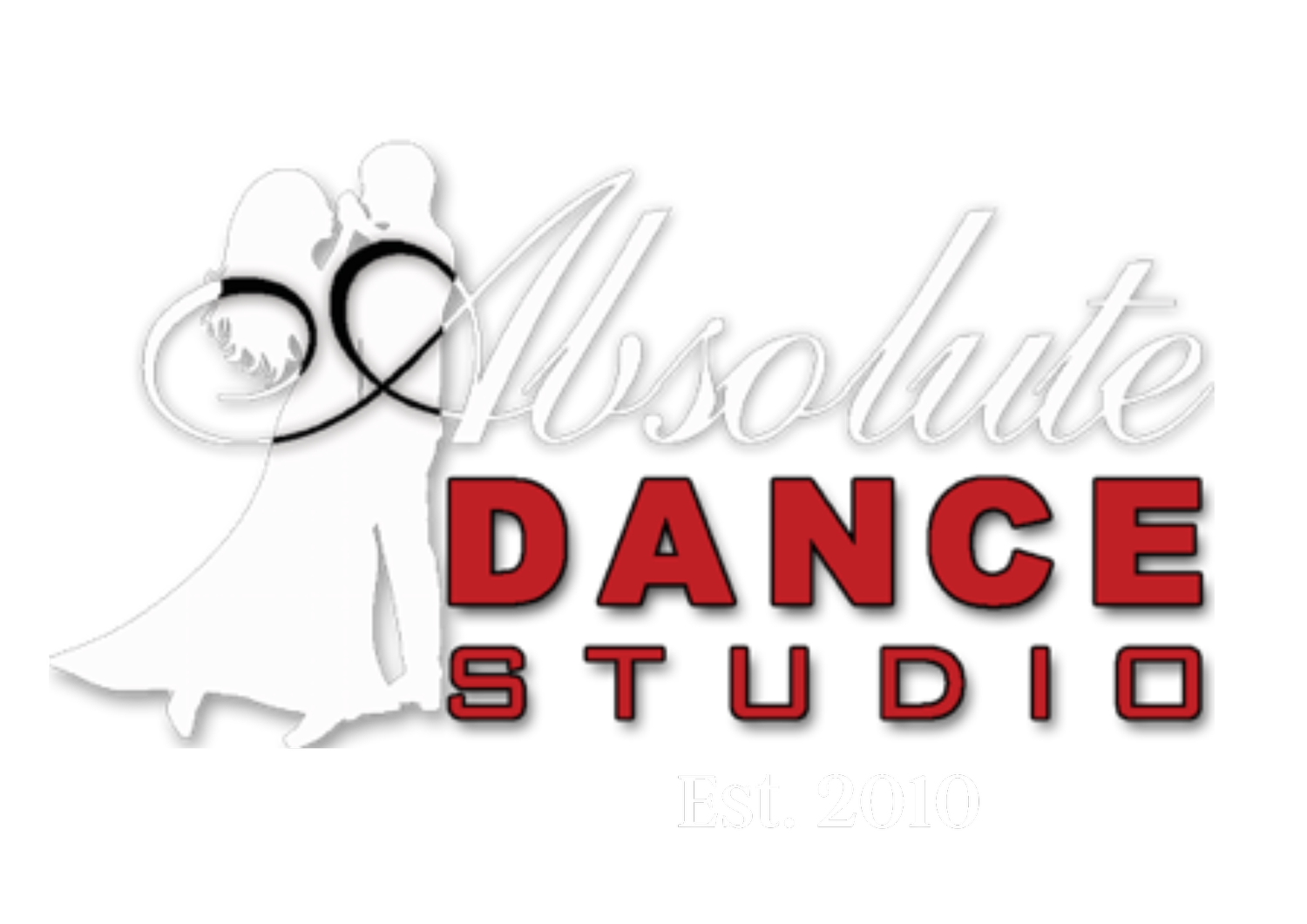Ballroom
Waltz
Considered to be the American Wedding Dance, the Waltz boasts it’s popularity in the USA and all over the world.
Originally called the Walzen (because of it’s German roots), the Waltz was met with much opposition because of it’s scandalously closed position. In the 18th Century, the aged generation were horrified at such suggestive touching, with a man’s hand around the waist of his partner. Despite it’s unwelcomed beginnings, the Waltz quickly became the predominant dance of the day. Royalty and common folk both enjoyed it’s unique 1-2-3 tempo (3 beats to one measure of music).
Though there are many variations, the Waltz has held it’s popularity to this day.
Tango
Known as an intimate dance for partners, the Tango is a sensual combination of elaborate footwork, tight embraces, and playful embellishments. You can track back to the nineteenth century to find the origins of the Tango, but many fathers had a hand in creating the three popular styles we find today (Argentine, Arabic, Brazilian, Moorish, and Spanish influences). Milonga, is danced on every beat of fast-paced music. The Valtz, is reminiscent of the Waltz, with flowing steps on the first beat of the measure. The slower, controlled, and more sensuous Tango permits the intricate footwork and embellishments. Best known for fantastic dips, lunges, and cheek-to-cheek contact, the Tango is easily spotted among other dance styles.
Foxtrot
The Foxtrot is one of the most deceiving dances. It looks very easy, but is one of the most difficult dances to do. The dance originated in 1913 when a vaudeville performer by the name of Harry Fox performed a little trot which appealed to the social dance teachers in New York and thus the Foxtrot was born. It has gone through many changes since that time, and is now comprised of more soft and fluid linear movements.
Quickstep
You may confuse the Quickstep with the Foxtrot because of their similar sounding music, but the Quickstep is actually closer to the Waltz or the Charleston. The couple combines brisk hops, footwork, skill, and grace and look as thought they are hovering around the floor. This fast-paced style can be danced to music with a timing of 2/4 or 4/4. Advanced dancers make it more lively and complicated by adding syncopated steps between beats.





